While the debt limit crisis dominates the front page, it continues to be business-as-usual in the backrooms. As we wrote a few weeks ago, the debt limit should be raised – fast – so Congress can get to its growing to-do list. One of the top items is the 2023 farm bill. The 2018 bill expires on September 30 this year. It’s an important one-every-five-years bill, not only because of its price tag, but also its impact on farmers, consumers, taxpayers, and natural resources.
Before diving into the bill’s reauthorization, let’s pause for a quick history lesson. Back in 2011 when Congress was facing a prior debt limit increase, lawmakers tasked a Super Committee to identify $1.5 trillion in budget savings. The House and Senate Agriculture Committees attempted to offer up $23 billion in deficit reduction if Congress tacked a farm bill onto the Super Committee process. While this – and the Super Committee as a whole – didn’t go anywhere, the $23 billion in promised savings should be a major wake-up call for both taxpayers and Congress.
The $23 billion in purported savings was eventually baked into the 2014 farm bill, but it was a lie. To achieve the “savings” lawmakers had to first authorize a suite of programs the Congressional Budget Office (CBO) projected would cost $956 billion over ten years). Not only did taxpayers fail to see the $23 billion in savings, but the programs authorized by the 2014 farm bill are actually expected to cost $1.14 trillion (from FY14-23). That’s 20% over budget.
With new CBO projections released last week, the fiscal picture for the 2018 farm bill is worse. The 2018 farm bill is on track to cost taxpayers a record $1.4 trillion over ten years, more than a half trillion dollars over-budget. With CBO’s new “baseline,” as it is called in Washington-speak, available to the Agriculture Committees, lawmakers now know which numbers they’re working with for the 2023 farm bill.
In our meetings with farmers over the past year, we heard that farm subsidies should be reined in for people who don’t need them, which would benefit beginning farmers, rural communities, and our land. We built off these recommendations last year, providing common sense principles to Congress alongside other groups like U.S. PIRG, the National Sustainable Agriculture Coalition, and R Street Institute.
However, other than welcome comments from Senator Grassley (R-IA) at recent Senate Agriculture Committee hearings, the message of common sense and fiscal sanity largely hasn’t made it to Washington, DC yet. Group after group of farm lobbyists instead has its hand out, asking Congress for a laundry list of ways to increase federal spending and government involvement in certain commodity crop markets.
Specifically, farm lobbyists are requesting profit margin guarantees and higher government-set reference prices for a handful of crops in the next farm bill. CBO already estimates programs like these – Price Loss Coverage (PLC) and Agriculture Risk Coverage (ARC) – will cost taxpayers on average $5 billion/year over the next decade. That’s without Congress adding any new special interest carve-outs for crops gathering the majority of subsidies – corn, wheat, soybeans, cotton, peanuts, and rice.
TCS recently joined a letter with a diverse set of groups urging Congress to reject calls to increase wasteful subsidies. In addition to PLC and ARC subsidies, taxpayers subsidize crop insurance premiums for farmers to the tune of roughly $10 billion annually (and precisely, a record $16.3 billion projected for FY23 alone). Add in $20 billion of ad hoc disaster aid, plus permanent farm bill disaster programs, and you have one very expensive subsidy sandwich – unique to agriculture.
The real folly is the “need” for these subsidies in the first place. Last year, U.S. net farm income set a new record. Meanwhile, government payments to agriculture reached their highest level in 2020, making up nearly half of farm income. While some agricultural producers rely heavily on government subsidies each year, other farmers successfully grow their businesses with little to no subsidies at all.
Our solution? Implement common sense reforms suggested by everyone from CBO to the Government Accountability Office (GAO). Eliminating wasteful subsidies would not only save taxpayers tens of billions of dollars each year but would also help build better resilience to future droughts, floods, and more.
The 2023 farm bill must end the status quo – subsidies to millionaires, billionaires, and even non-farmers. The next farm bill should make smart, cost-effective investments in agricultural conservation and projects (such as research and agriculture extension) that can reach more producers at a lower cost to taxpayers.
In other words, the farm safety net should be focused, fiscally responsible, and foster resilience. Congress can save taxpayer dollars in the next farm bill and invest in the next generation of agriculture without propping up a select few who do not need taxpayer support.
- Source: Canva

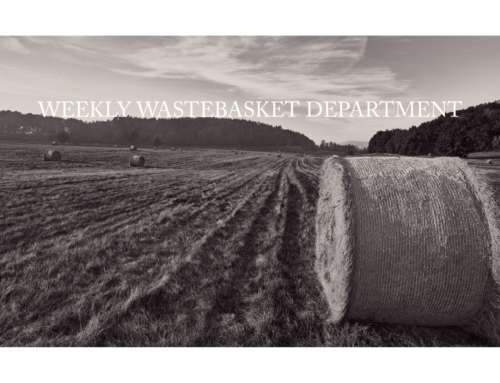
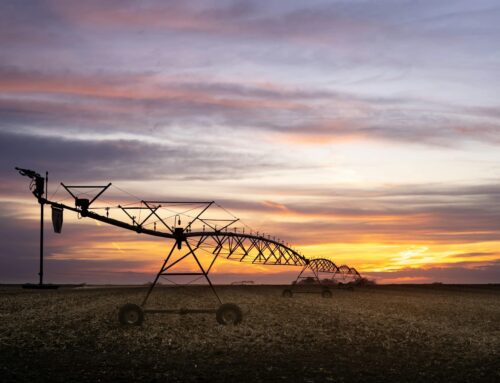

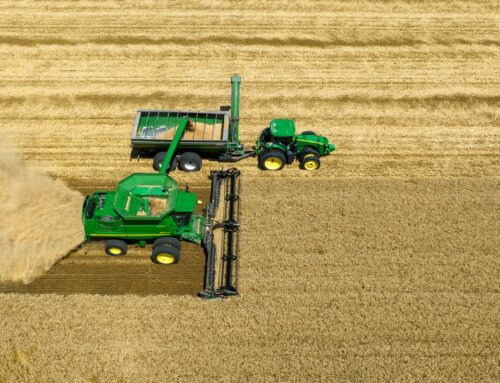
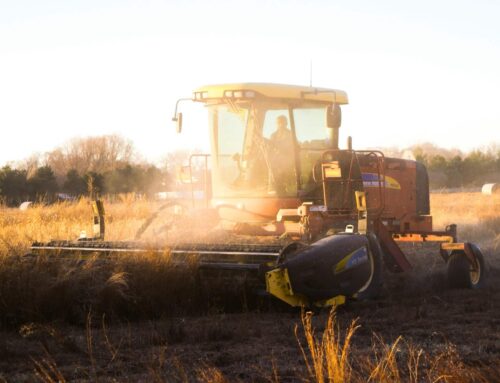
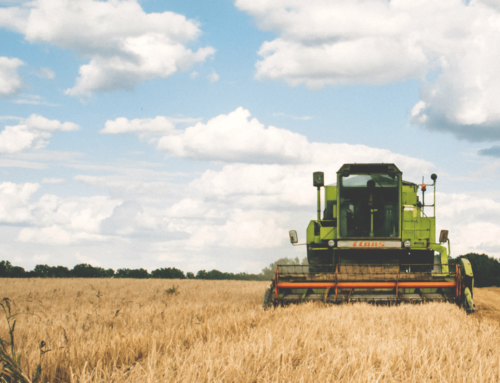






Get Social